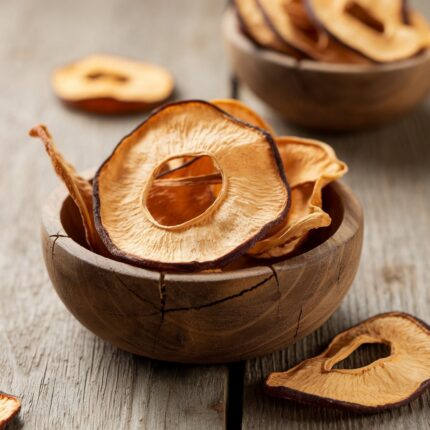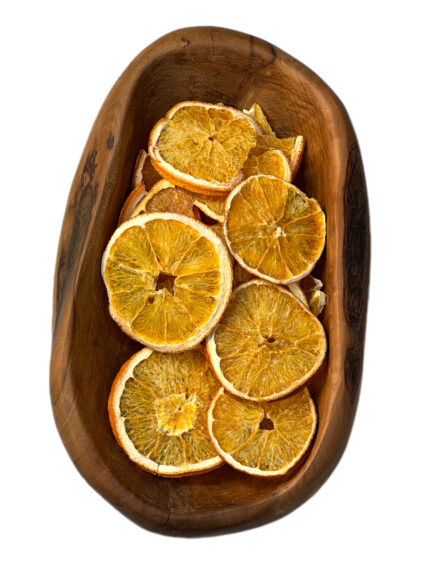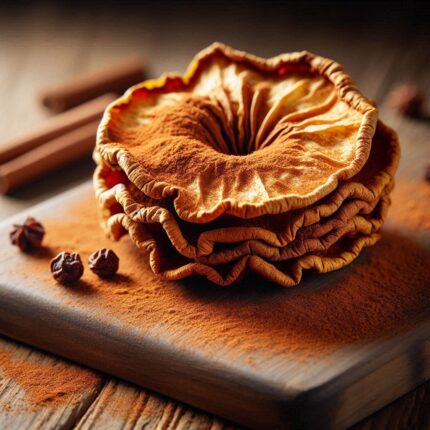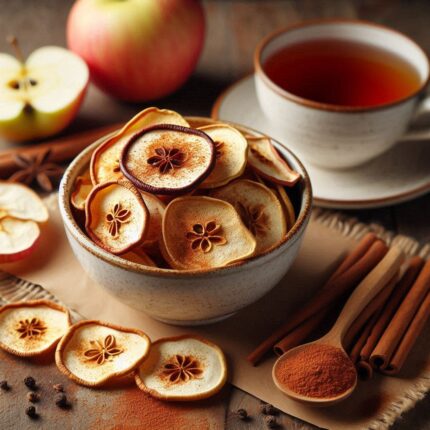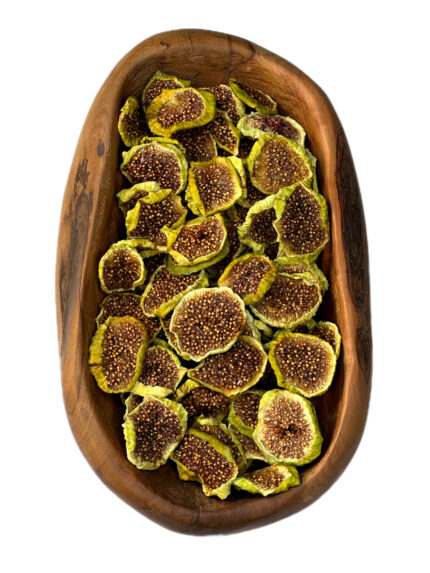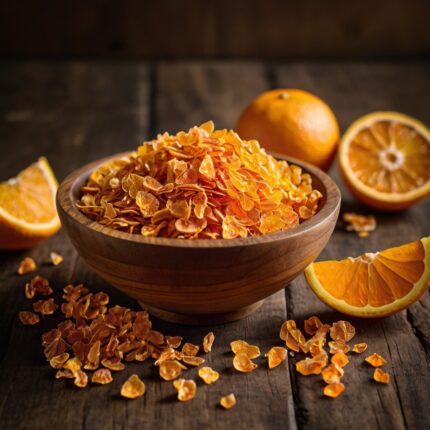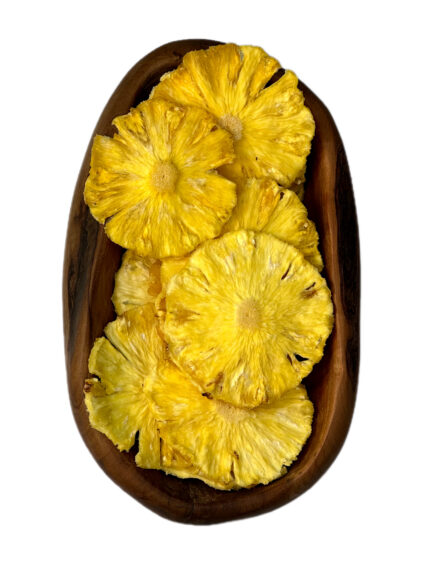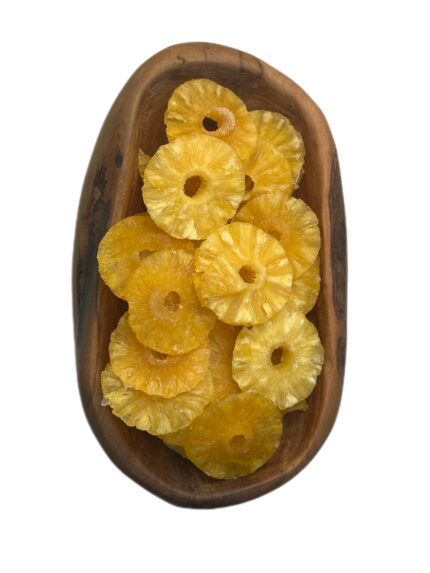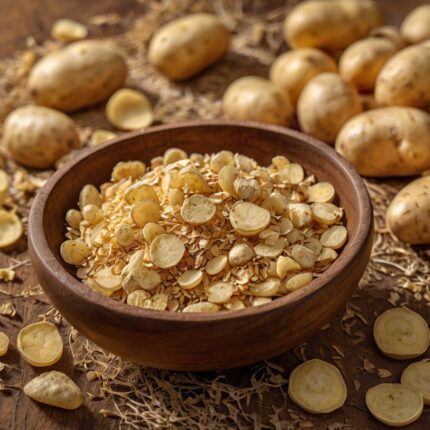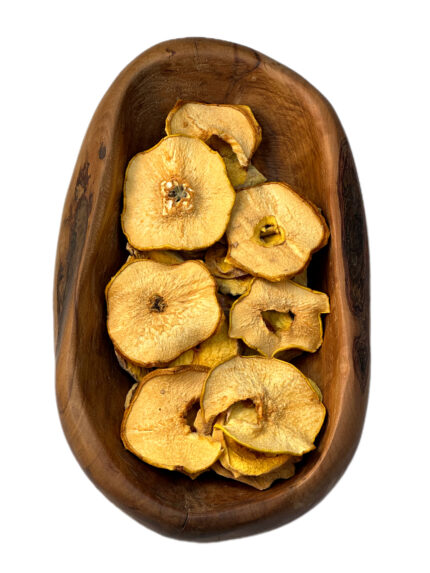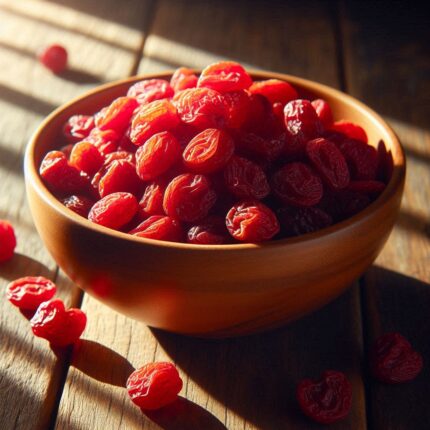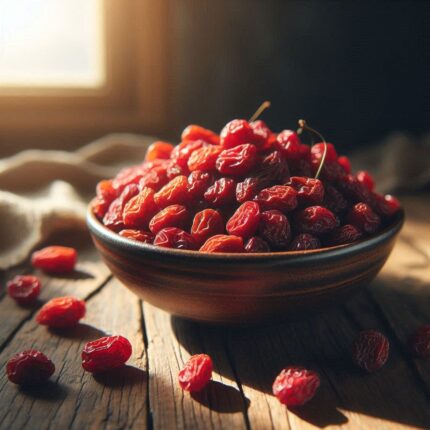Name: Dried Nectarine
Form: Slices, halves, or diced
Appearance: The color ranges from bright orange to golden-brown.
Taste: Sweet, mildly tangy, without any artificial additives.
Texture: Chewy, soft (depending on the drying process).
2. Ingredients
100% natural nectarine
(Optional: Sulfur dioxide, if applicable)
3. Physical Characteristics
Size: Based on customer order
(Slices 6-8 mm, diced 6×6 mm)
Moisture: Approximately 10% (everything based on customer order)
Impurities: Free from stones, seeds, and foreign materials
4. Chemical Specifications
pH level: 3.5 to 4.5
Sulfur dioxide content: Up to 1000ppm (must comply with standards and regulations)
Water activity (AW): ≤ 0.65
Sizes and Packaging
Sizes: 1kg, 2kg, 5kg, 10kg in bulk and retail packs (30g, 100g, 200g, 250g, 500g)
Packaging: Based on customer order
8. Storage and Shelf Life
Storage: In a cool, dry place, away from direct sunlight
Shelf Life: 12 to 18 months
Applications of Dried Nectarine as a Raw Material in Various Industries
Dried nectarine can be used as a raw material in various industries. Below is an explanation of how it can be utilized:
1. Food Industry
- Snack products: Packaged as healthy snacks.
- Confectionery: Used in energy bars, granola, and chocolate.
- Baking: Added to cakes, muffins, bread, and cookies for natural sweetness and texture.
- Breakfast foods: Used in yogurt toppings, oatmeal, and cereals.
- Preserves and spreads: Rehydrated to create jams, jellies, and nectarine spreads.
- Beverages: Used in teas, fruit-based drinks, and smoothies.
- Culinary: Used as an ingredient in glazes and sauces.
2. Nutraceuticals and Health Products
- Dietary supplements: Processed into powders or extracts for use in health products due to their fiber, vitamins, and antioxidants.
3. Cosmetics Industry
- Skincare: Extracts from dried nectarines are used in creams, masks, and serums for their skin-nourishing properties and antioxidants.
4. Animal Feed
- Dried nectarine is added to animal feed for its natural sugar and nutrients.
5. Alcohol Production
- After rehydration and fermentation, it is used to produce nectarine wine, liqueurs, or infused spirits.
Processing Methods
Dried nectarine can be ground into powder, chopped into pieces, or pureed for various applications.
| Nutrients | Dried Nectarine (approximately 40 g) | Dried Nectarine (approximately 60 g) | Dried Nectarine (approximately 100 g) |
| Calories | 108-120 | 162-180 | 270-300 |
| Total Fat | 0.1g | 0.2g | 0.3-0.8g |
| Saturated Fat | 0g | 0g | 0g |
| Cholesterol | 0mg | 0mg | 0mg |
| Sodium | 1-2 mg | 2-3 mg | 3-5 mg |
| Total Carbohydrates | 28-30g | 42-45g | 70-80g |
| Dietary Fiber | 2-3g | 3-4g | 6-8g |
| Sugar | 20-22g | 30-33g | 50-65g |
| Protein | 0.8-1g | 1.2-1.5g | 2-4g |

